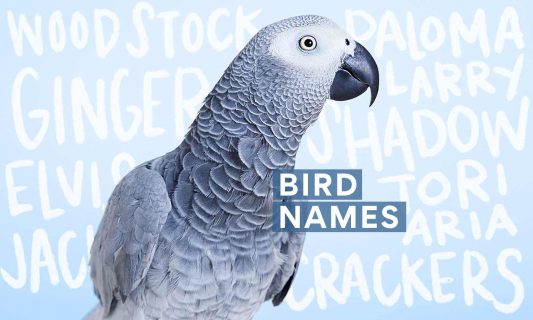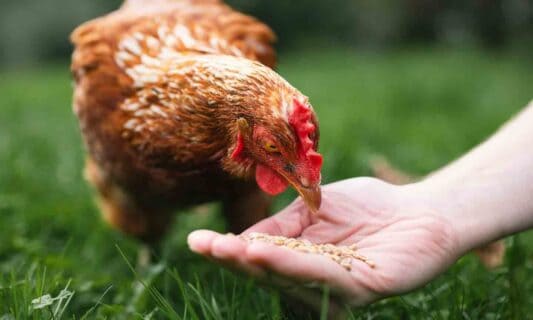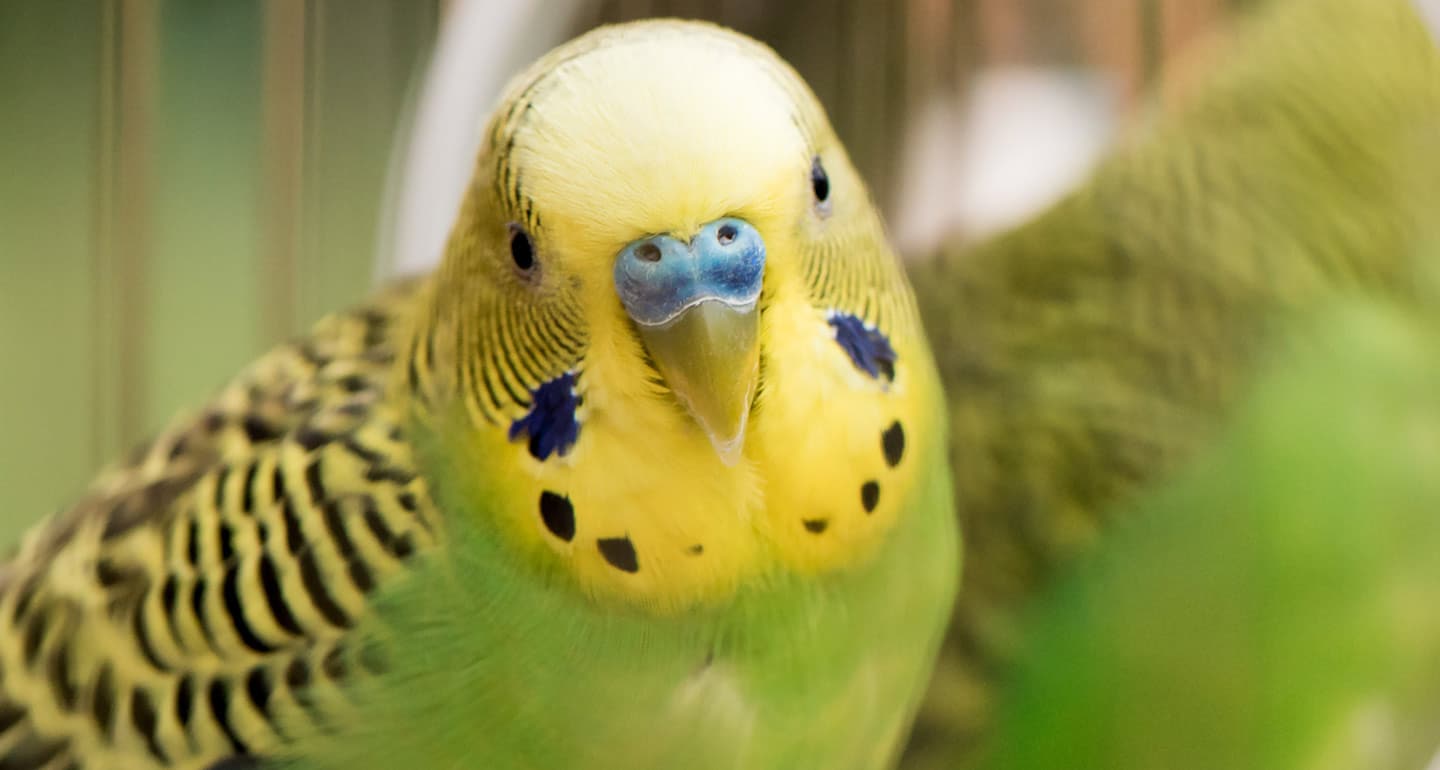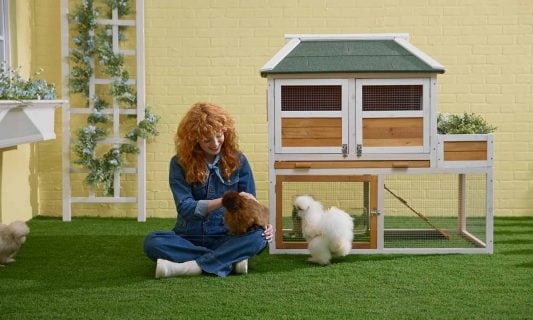Looking for bird names for your new feathered friend? Check out this list of names for birds, including cute bird names, funny bird names and more.
Bird
Everything you need to make your duck pond dreams come true.
Find out how to best feed your free-range feathered friends.
What’s the best thing to feed your flock? Find out what chickens eat—and what foods can be dangerous for them.
Thinking of adding a pet parrot to your home and wonder—how long do parrots live? Learn everything you need to know about parrot lifespans.
Avian experts explain parrot body language, reasons why a bird might dislike someone and how to form a strong bond with your bird.
Do your backyard chickens have enough room to roam?
How to feed your new fluffy friends.
If you've spotted a lump on your feathery friend, it's time to take action.
Everything you need to give your budgie their best life.
Learn about three common bird mites that affect pet birds, the signs of an infestation and how to get rid of them.
Infection and injury are two common causes of bird eye problems. Learn about the others and what the signs look like.
What are the best birds to have as pets? Bird experts explain why these 13 make the best pet birds.
From basil, mint and beyond, find out what plants are safe for your bird’s cage—and which are poisonous for your pet.
For your pet bird's health and safety, avoid feeding avocado, tomatoes, garlic and these other foods.
Set up a fabulous avian apartment with the best bird cage for your feathered friend.
If your cat chirps at birds or chatters at squirrels through the window, here’s what you need to know.
Wondering how to raise chickens, for eggs or just for fun? Welcome to chicken raising 101! Find out how to raise backyard chickens.




















